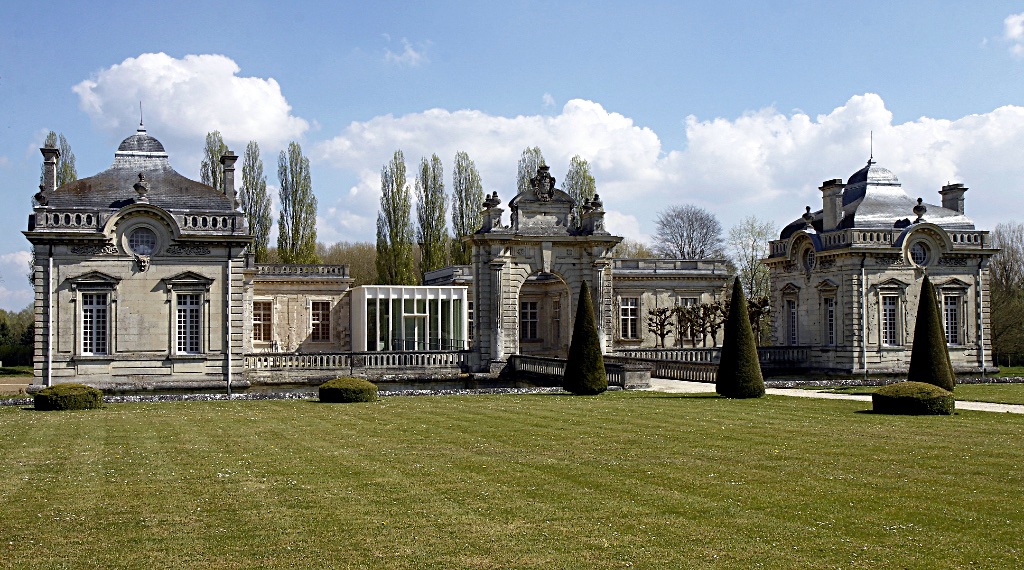
When you are the daughter of a filthy rich Gilded Age banking tycoon, you would probably be expected to find a rich husband, have children and settle down to a life of luxury. Instead, Anne Tracy Morgan (1873-1952), daughter of J.P. Morgan, chose a more perilous path. After helping working women organize unions in New York City and even taking to the picket line with them (very un-heiress-like behavior), she came to the aid of France, where she owned a villa near Versailles, during World War I, setting up the American Fund for French Wounded at the beginning of the war and in 1917 the American Committee for Devastated France (known by its French acronym, CARD) to raise funds and provide food, medicine and other types of assistance to the war-ravaged country.
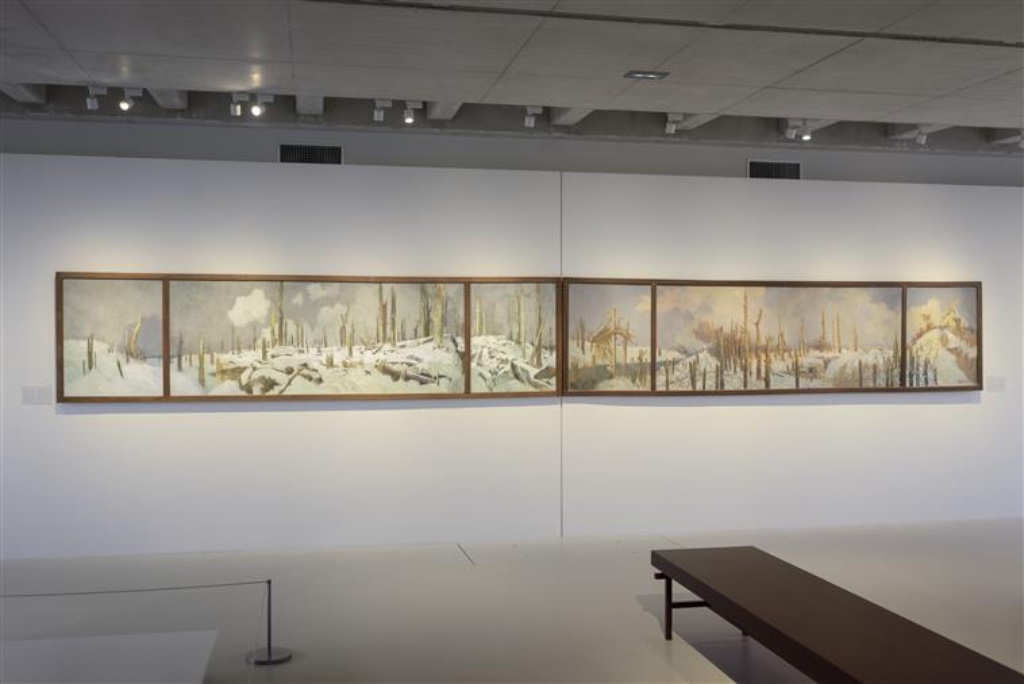
To be as close to the front as possible, Morgan set up her headquarters in the partially ruined (during the French Revolution) 17th-century Château de Blérancourt in the northern Aisne department, an area that suffered more than any other during World War I. As the Germans retreated, they left the earth completely scorched behind them, destroying roads, buildings, trees, crops and animals; poisoning water sources; and planting mines everywhere.
Most of the reconstruction done in 1917 by CARD was destroyed when the Germans returned in 1918 and had to be started over again.
Eventually, people started trickling back to their homes but found them either gone or unhabitable. Some took up residence in ruins or quarries, and many never came back, among them, of course, the huge number of causalities, leaving the region depopulated and bereft of young men.
CARD’s 350 women volunteers, most of whom stayed for two years, helped make life livable for the returnees by using the funds the organization had collected to distribute food and medicine; relocate over 50,000 people who had lost their homes; build orphanages, schools, clinics and libraries; create jobs, especially for women; and restore devastated farms.
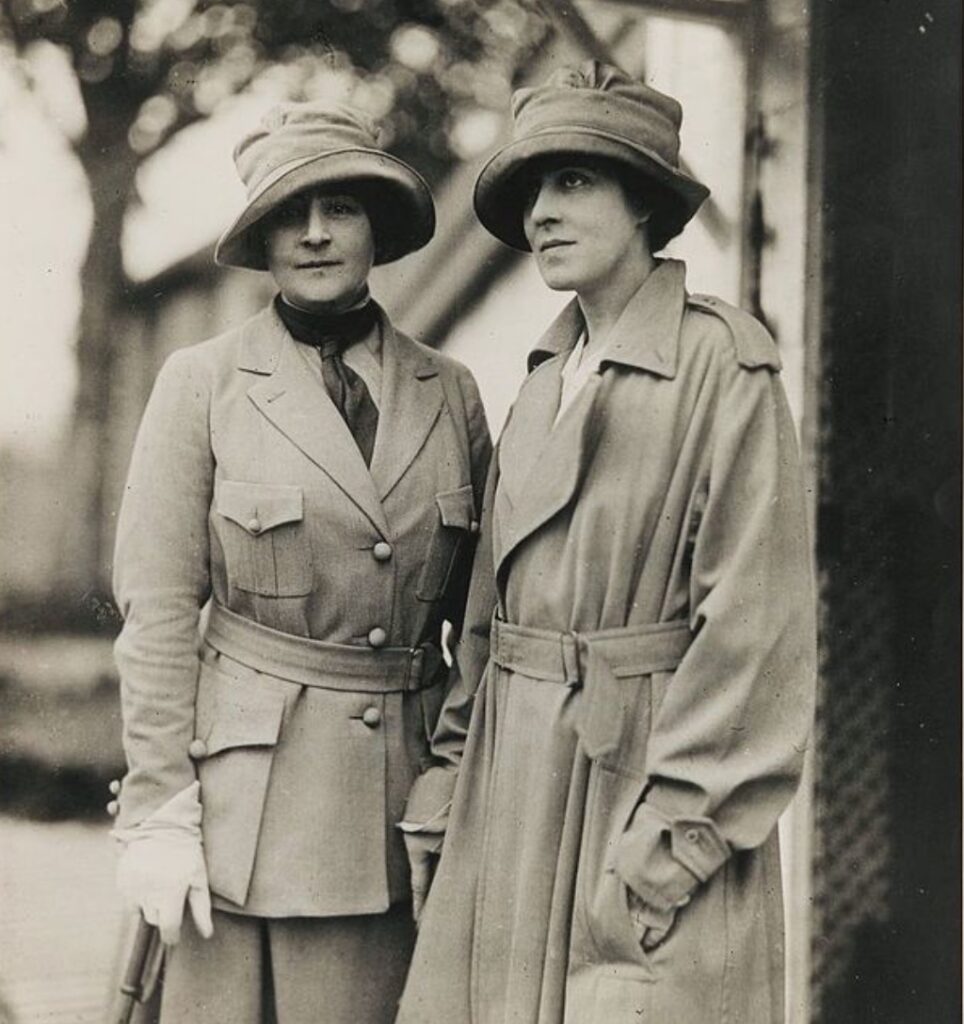
In the 1920s, Morgan began the process of restoring the Château de Blérancourt, which had been one of the first neoclassical châteaux built in France, and opened the Franco-American History Museum in 1924 with her friend Dr. Anne Murray Dike, who had been at her side during the war effort.
Reconstruction and expansion continued over the years, and today the museum is called the Franco–American Museum. A 21st-century project added exhibition rooms in the basement and connected the two wings of the château with a discreet glass entrance.
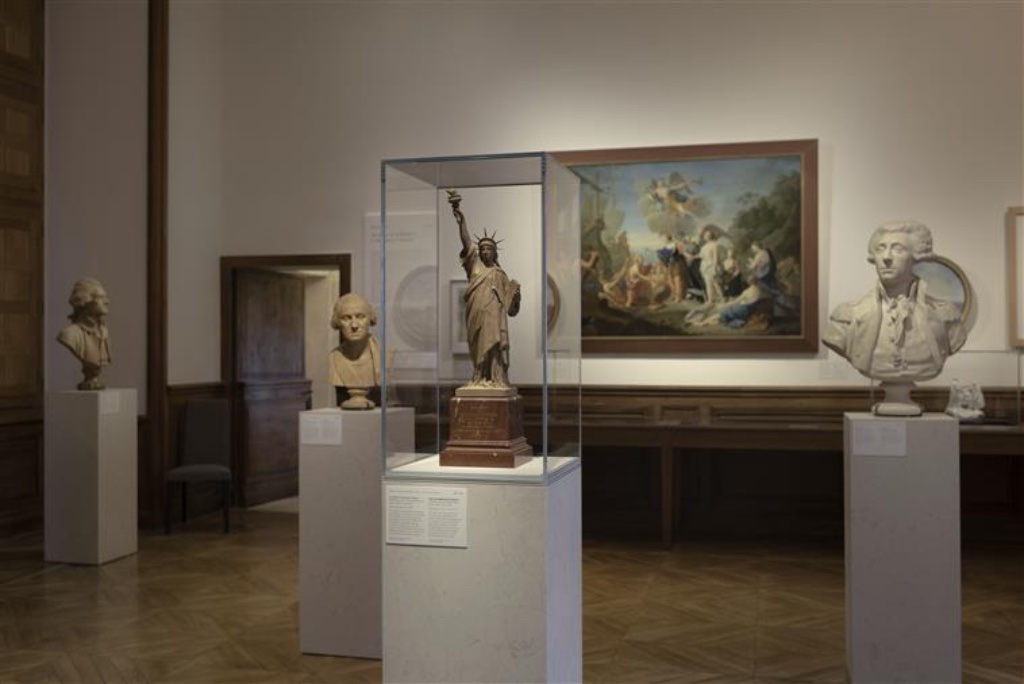
Its construction had uncovered the foundations of previous buildings on the site and provided more space for the museum’s disparate collections, which cover everything relating to the friendly relations between France and the United States: the ideals of the Enlightenment that helped form the first alliances between the two nations and inspired French support for the Revolutionary War; the cooperation between France and the United States during the two world wars; and transatlantic artistic exchanges, with numerous fine works by American artists who lived in France and French artists who lived in the United States.
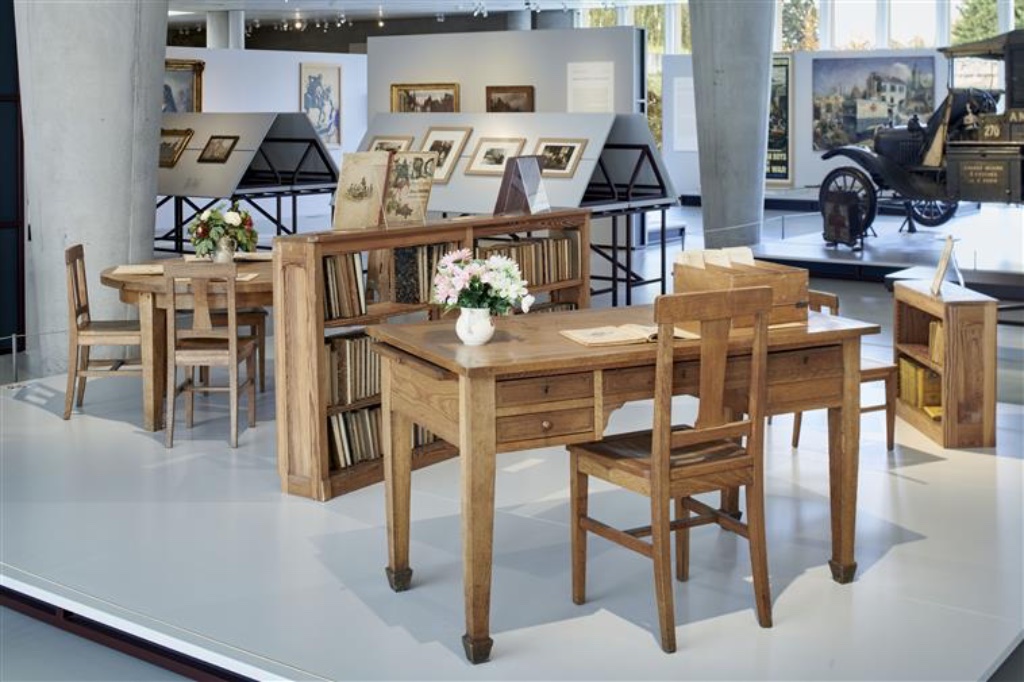
Especially touching are the photos of CARD’s projects: children being served afternoon snacks by the volunteers – mostly committed young American women – or using the public library (the first one in France, where until then libraries were only for scholars), where they could stay warm while exploring the books; nurses caring for children at CARD’s dispensaries, and a jubilant group outside a ruined building in whose cellar some live rabbits had been found.
France thanked Morgan for her assistance with a Croix de Guerre and made her a commander of the Legion of Honor in 1932. Her work did not end with World War I, however. With the approach of World War II, she formed another organization, American Friends of France, and set up three relief centers before being forced to leave the country when the Nazis occupied it in 1940. She came back to help again at the end of the war.
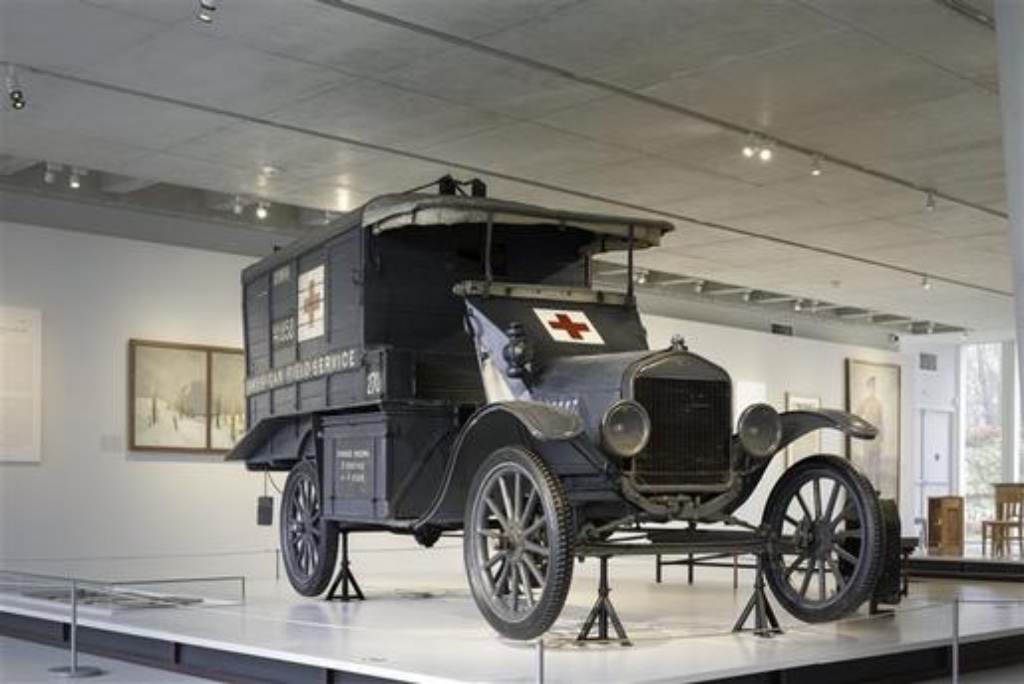
The little-known story of Anne Morgan the humanitarian is an inspiring one, and I encourage you to visit the museum and the Aisne department, which offers many opportunities for hiking and sightseeing, including World War I sites like the Chemin de Dames, where heavy fighting occurred, and the Caverne du Dragon, a former quarry where, amazingly, French and German soldiers lived underground at the same time, separated only by a wall. There are numerous other points of interest as well, including the hilltop city of Laon, crowned by a dramatic Gothic cathedral built in the 12th and 13th centuries, and the city of Saint Quentin, with its wealth of Art Deco buildings, constructed on the ruins of World War I.
Favorite
I wrote an article about CARD’s role in the development of public libraries in France. The first public library opened by Ann Morgan’s librarians is in my neighborhood (Bibliothèque Fessart), still in business. The chateau is definitely worth a visit, especially the gardens.
Thank you for the article about Anne Morgan & the Franco-American museum. I’d heard of her philanthropy but knew few details.
This is a wonderful musée. Have lunch next door at the little hotel.
Congratulations for this very interesting article. What a woman Anne Morgan was, and what a wonderful story – unfortunately not as well known as it should be.